THE FIRST TUSCAN BRAND TO BRING DENIM TO ITALY.
Hear the words Italian denim followed by ‘Made-in-Italy’ and one can’t help but think of a product that is synonymous with quality and high-fashion but it may surprise you to know that the first delivery of denim to Italy was to serve a practical function, that of hardy work-wear!
The story of how denim first arrived in Italy tells the tale of an ambitious young Tuscan man from the small but industrious town of Campi Bisenzio and his foresight and courage to build a new business after the devastation of war.
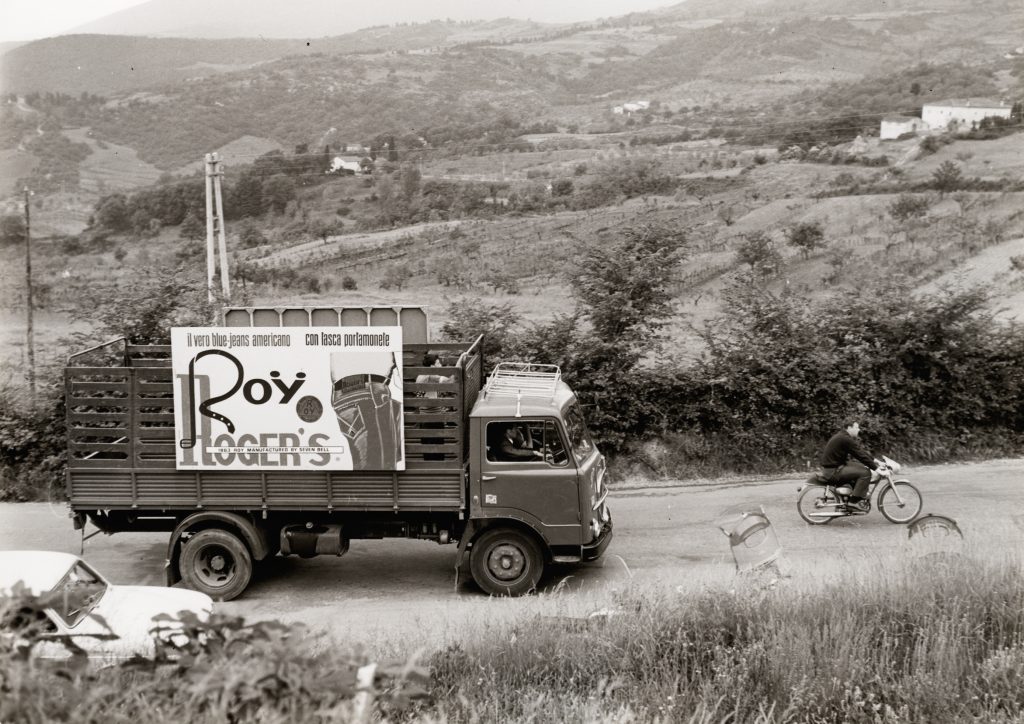
Francesco Bacci was born into the ragtrade, watching his father, a traveling salesman sell fabric remnants in and around Florence, Sesto, Peretola, Campi Bisenzio and Prato. He would move about with his donkey and cart and was well known by his devoted and loyal clientele at the local fairs and markets.
Francesco founded Manifatture 7 Bell, the name of the company which still stands proudly today in Campi Bisenzio, he had the foresight to buy the original denim from the US and can claim fame to being the first man to successfully bring this new sturdy material to Italy. As a young man, he had an expert eye for fabrics and tailoring and, thanks to his father, he knew how to distinguish good materials from bad. His fiancé, Giuliana, was a young dressmaker who worked for a company that specialised in work clothes that were usually made from moleskin fabrics that were dyed dark blue to hide the dirt. Francesco asked Giuliana to sew some pairs of pants just for him so he could try to sell them at the markets with his father. The pants were an immediate success due to their reasonable price and durability.
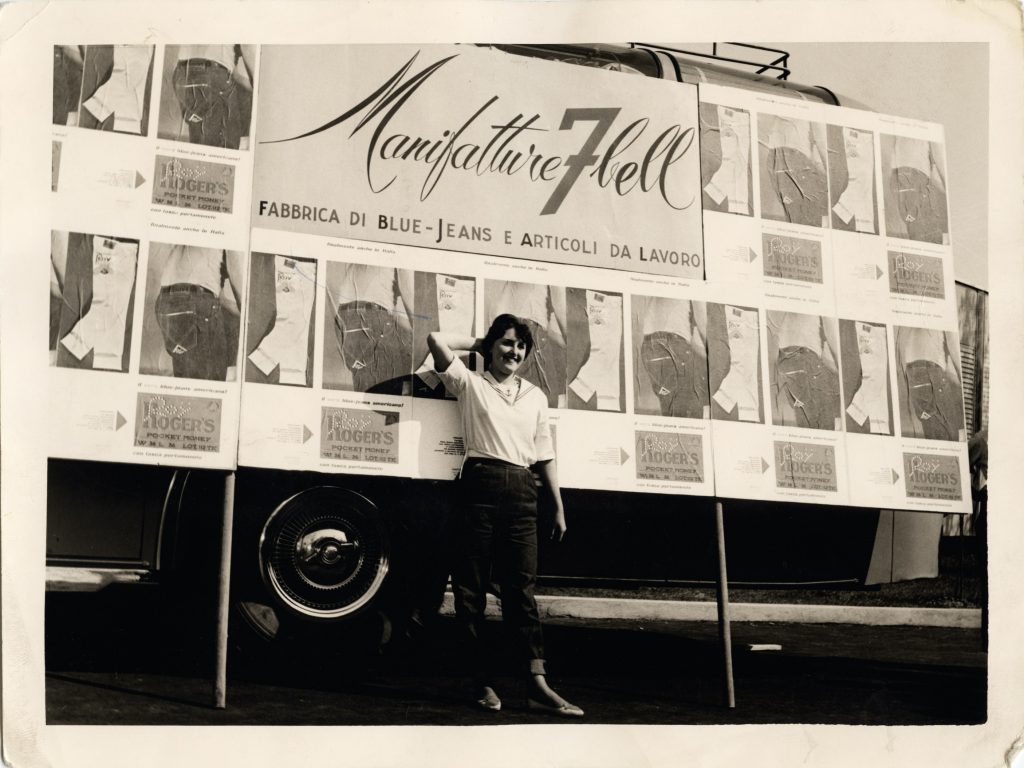
Francesco had good memories of the Americans that drove their tanks through Campi Bisenzio when they liberated Italy after the Second World War with a smile on their face and it was from them that he learnt what blue jeans were – something else entirely to the shapeless work-wear he was used to. He had heard talk of this fabric called denim that didn’t split and have the usual defects of lesser quality textiles. He found some pieces in the remnants that arrived in Prato and after testing this new fabric, he was convinced that it was the new raw material he needed to build his business and attract a new clientele as this fabric had grown a reputation in the US as being a strong, long-lasting and durable textile, perfect for long hours labouring in the fields and factories.
With his entrepreneurial spirit, Francesco Bacci had a dream to buy the denim fabric directly from the American manufacturer, Cone Mills Corporation. In 1950, with no knowledge of the English language, he flew to New York on his first-ever plane trip to meet with their sales team. (In those days, the flight would take a couple of days for a propeller plane to reach America, stopping over in the Azores to prepare before facing the risks of flying over the Atlantic).
Francesco had been told that Cone Mills produced the best denim using open-end and ring-spun spinning techniques that gave the fabric different effects due to how the warp and weft were woven together and for how the thread was twisted. The Cone Mills production plant was located in the Greensboro area, traditionally known for its cotton production, and was also the home of Wrangler and Levis, the two companies considered to be the largest manufacturers of jeans in the United States.
Luckily for Francesco, he found many Italo-American workers at Cone Mills who helped him translate and communicate with the sales managers. Francesco ordered a good supply of denim and upon his return to Campi Bisenzio, he decided to start a new company that specialised in work pants. He was only 22 years old!
The initial production wasn’t easy, however. Sewing such tough fabric caused the needle on Giuliana’s sewing machine to overheat and break. The machines available in the Prato area needed to be modified and after various trials, Francesco found that the machines used to sew leather were much better suited to working with denim. He also decided to use iron buttons and rivets as copper was more expensive and not easy to come by but these started to rust after just a few washes leaving stains on the fabric and so Francesco had no choice but to invest in copper.
Francesco’s younger brother Mario joined the company and so was the beginning of the first Italian jeans factory that used original denim direct from North Carolina. They produced work pants, reinforced to carry hammers and tongs as well as dust coats and coveralls, some of which had a secret security pocket where the artisans could hide any money they received. Above all, however, were the five-pocket boys’ jeans which proved to be extremely practical and popular and so immediately following, they began to produce sporty men’s jeans based on the five-pocket model. They patented three of these styles beginning with the zippered back one that was and is still typical of the Roy Roger’s models.
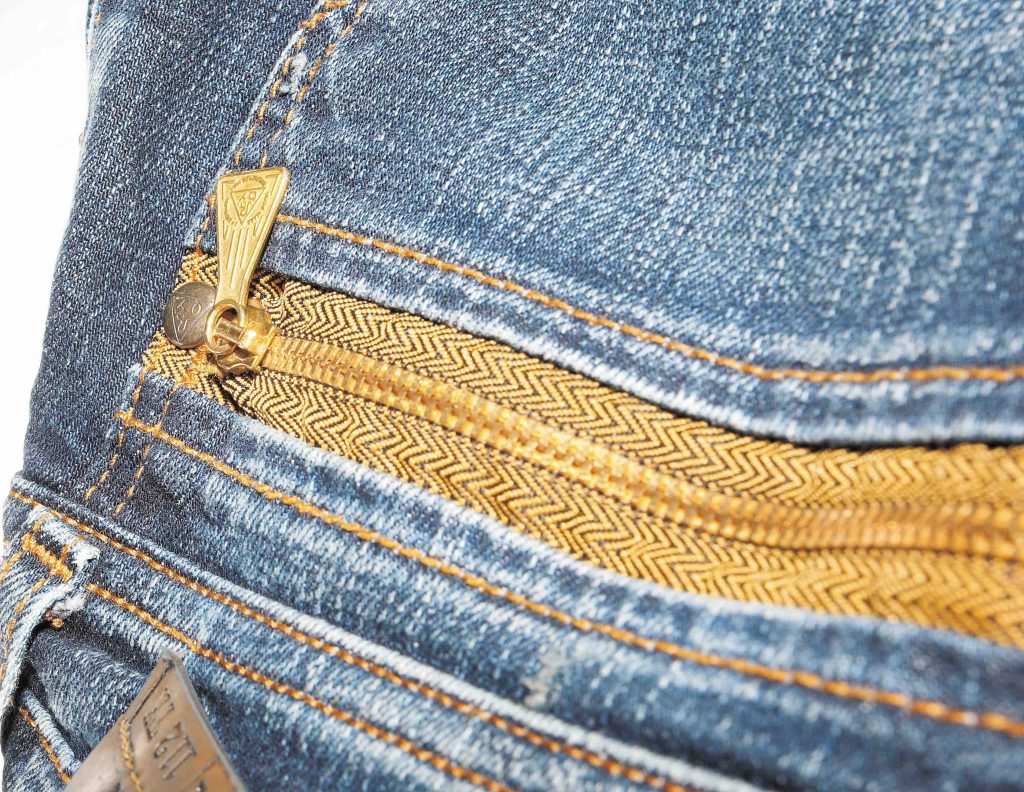
Finally, in the early 1950’s, they made the very courageous choice of including a pair of jeans for women featuring one zip on the side as was the fashion of women’s fashion at this time. The catalogues showed these styles as being ideal for weekend recreation time and camping.
This was the beginning of the ‘jeans culture’ as we know it today; a pair of pants that could be worn to work as well as vacation. They were practical, had a certain elegant style and above all, were affordable.
The first appearance of Roy Roger’s labelled jeans goes back to 1952, when the brand was registered and trade-marked. This was an important time for fashion in Florence as was also the year when the first women’s high fashion show took place in the Sala Bianca at Palazzo Pitti. Over three hundred buyers, mainly from the United States, representing the most prestigious department stores came to celebrate Italian artisans stimulating the recovery of the Made in Italy brand.
You could say that Roy Roger’s arrived at just the right moment in Italy as younger Italians with optimistic visions for the future, started to make more demands on the Italian market.
Francesco’s great instinct and love for things associated with America led him to acquire the American Roy Roger’s name who was a legendary figure who had travelled the great plains of the west in the second half of the nineteenth century, sewing, altering and mending the work clothes of the ranchers. This distinct character with his top-hat, beard and side-burns was Roy Roger’s who seemed to come out of a comic book or the hero of a Hollywood film who always wore jeans, spurs on his boots and who always saved the day, incarnating the American myth that the Italian youth looked up to at this time. What could be better for work-clothes than connecting them to this image? It also seemed better to associate the brand with everything new and positive that America was introducing to Italy. In order to do this, he invented the story of the traveling tailor, Roy Roger’s whose life was not too different to that of his father and his own – traveling salesmen forced to travel to different markets and towns each day selling their wares.
This branding proved to be a very clever marketing decision, as did their subsequent graphics on the pocket plasters and their advertising campaigns.
At the start, Roy Roger’s offered a dark blue, 14 1/4oz denim proudly indicated as being “genuine American in its manufacture, sewing, models and sizes”. This material was very stiff and the dawn of stone-washing would not become popular until many years later. Jeans were bought many sizes too big as it was impossible to know the shrinkage that would occur when you first washed them. Only later did individual articles of clothing undergo a specific washing process called Sanforization, which maintained the original size.
Looking through Roy Roger’s advertising campaigns from those early years is an important journey. Levis and Wrangler introduced their products to America during the same years with similar artwork. The first piece of advertising bears the Roy Roger’s logo and features the writing “7 Bell Rende Elegante il Lavoro / 7 Bell – it Makes Work Elegant” There is an image of a worker wearing a denim shirt and pants with large industrial sheds in the background.
This first advertising communicated to the market that which 7 Bell was; a manufacturer based in Campi Bisenzio Italy that made work clothes but a little after 1952, Francesco Bacci employed a friend of his named Carraresi, a young graphic artist who changed the scene and also the image of the denim brand. The writing changed to English and the mention of the manufacture in Campi Bisenzio disappeared. Instead the Roy Roger’s logo was added with the words “since 1863” and another graphic on a stars and stripes background that defined the article of clothing as “The Legend”. But the trademark that really identified the brand was a triangle on a black background – the registered trademark where the R is a cleverly folded belt.
As time went on the association with work clothes was forgotten and instead, the brand began to gain a new following of future generations who perceived the brand to be completely American. The brand expanded the collections by adding womens and childrenswear and their packaging became an important feature of their advertising. From the cardboard pocket covers to the vast collection of stickers that were produced and given to the buyers that became cult objects for collectors. This form of advertising was a small revolution at a time when the name of the fashion brand was normally sewn inside the article of clothing. The name of the producer had suddenly become the most important feature providing a guarantee and an identity. This new path would prove necessary in time to establish the concept of a designer label.
In 1956, Francesco finally married Giuliana and in 1957, they had their first child Patrizia, followed four years later by twin girls. They were young, economically solid and were on a path to success counting on their abilities and ideas at a time when Italy was taking great strides towards a boom. Francesco was also one of the first in Italy to be able to interpret an evolving society and he also understood the history of American jeans very well. Manifatture 7 Bell began to expand, giving work to dozens of people. Their jeans continued to have an international image, being ‘American’. Almost no one unless you were a specialist buyer, knew that the most prestigious Italian jeans were produced in Campi Bisenzio.
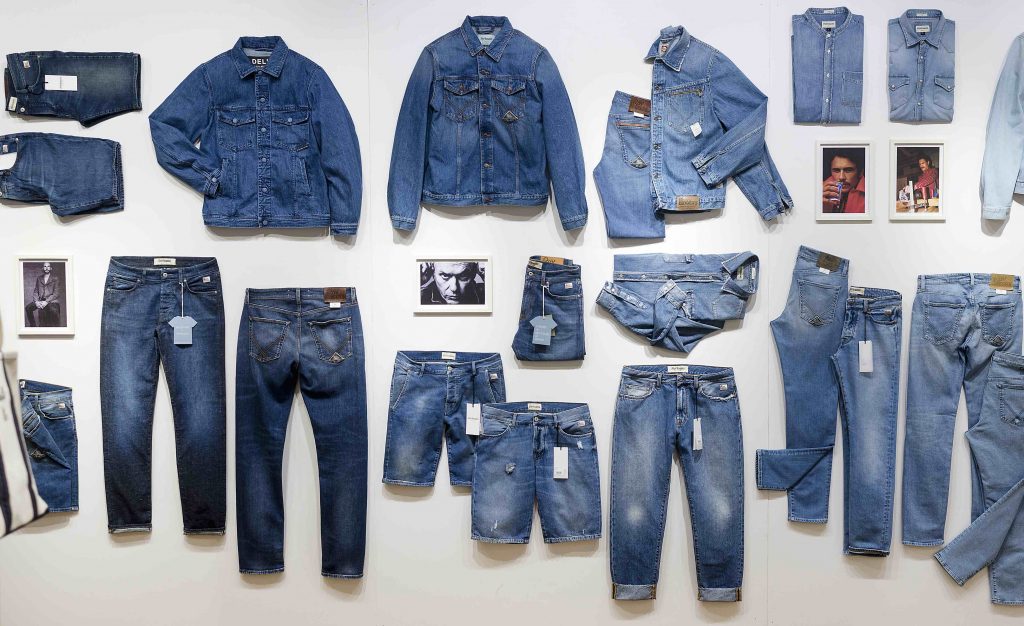
In 1968, Manifatture 7 Bell produced twenty thousand items daily, five hundred thousand monthly and six million yearly. It employed 500 people and sold all over Italy as well as Germany and Holland.
The 80s brought some new problems with globalisation and the flood of imports from the East and China. Clothing was one of the very first sectors to feel the effects of lower labour costs and lower quality apparel that was focused more on product costs rather than quality. In the jeans sector, a sharp division grew between the jeans shops where traditional cloth pants were sold and the boutiques where jeans became refined items and were directed at a more upscale market. Denim started to feel the crisis and Roy Roger’s was not left out. Their warehouses began to be filled with unsold merchandise and in 1984, there were barely twenty-four employees who produced two thousand articles per day.
Uncertainty as to what the future held for the company increased and it was during this period that Patrizia’s husband, Fulvio Biondi, entered the firm. He had married Francesco Bacci’s eldest daughter in 1978 and had previously worked in the sales departments of other companies and so had clear ideas of the fundamentals necessary to sell.
It was not easy for Fulvio Biondi to come into the company and try to change the way business had been done for so many years. Fulvio and Patrizia’s sons, firstborn Niccolò followed by Guido had also started to work in the company after taking courses in business and economics as well as Polimoda and in 2003, Manifatture 7 Bell became the sole property of Patrizia and her husband Fulvio Biondi.
The company was not performing at the same level that it had known in the past but Fulvio’s commitment, determination and willingness to not give up when new ideas didn’t work led him to discover the ultimate key that would turn the company around. He introduced tea as a washing technique, the realisation that new features, characteristics and laundering techniques were the change that was needed to give consumers a new reason to fall in love with their favourite pair of jeans! The big designer labels were moving in the same direction in the early 90s and so it was no coincidence that Roy Roger’s decided to follow. The innovation therefore was in the treatments and the process of ageing and personalising which left lots of room for creativity.
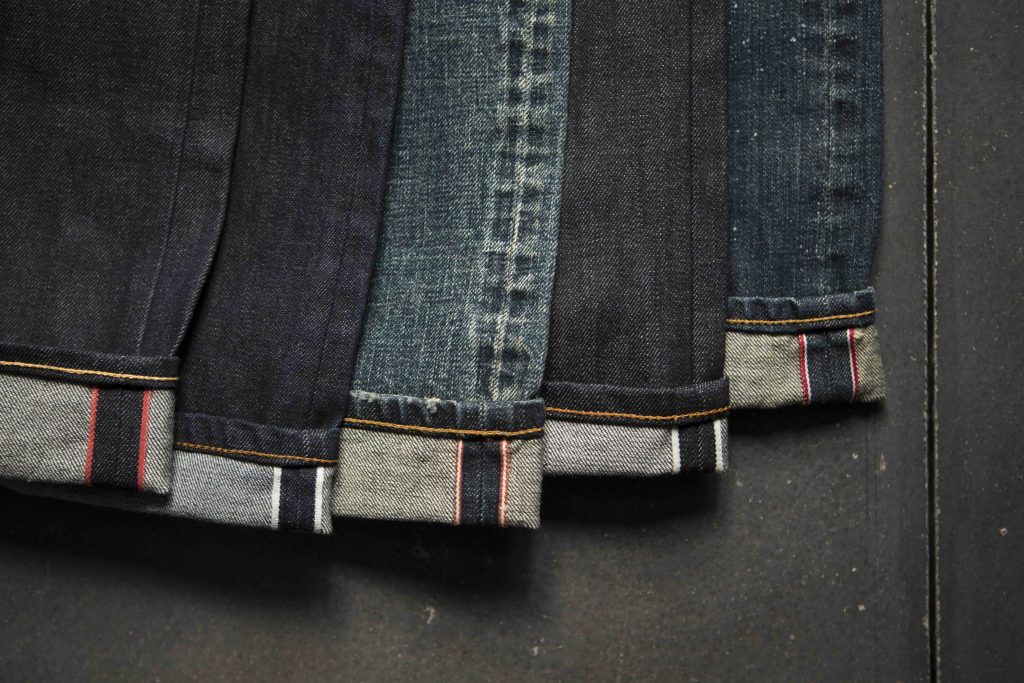
Investing in textile research and new machinery, thinking about image and advertising and also anticipating and influencing fashion were the necessary actions needed to guarantee future success. This hard work began to bear fruit and from the year 2003, sales figures rose when it became clear that the company was moving according to its well-defined standards of quality.
Investing in a savvy PR agency from Milan combined with their continued presence at the Pitti fashion shows, and their unforgettable events ensured that people didn’t stop talking about Roy Roger’s. In a very short time, Fulvio proposed and put into practice a series of winning ideas, convinced that Roy Roger’s jeans were distinctive because of their washing, the quality finishing and naturally, the cut.
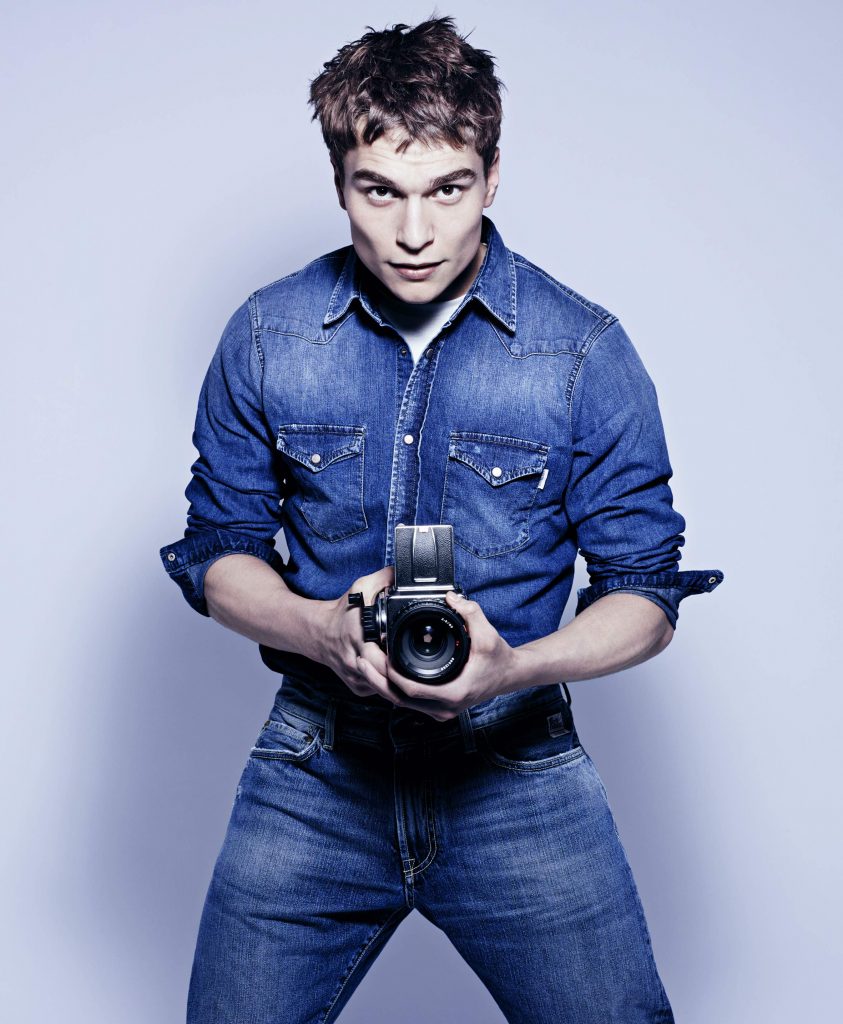
Photo by RANKIN 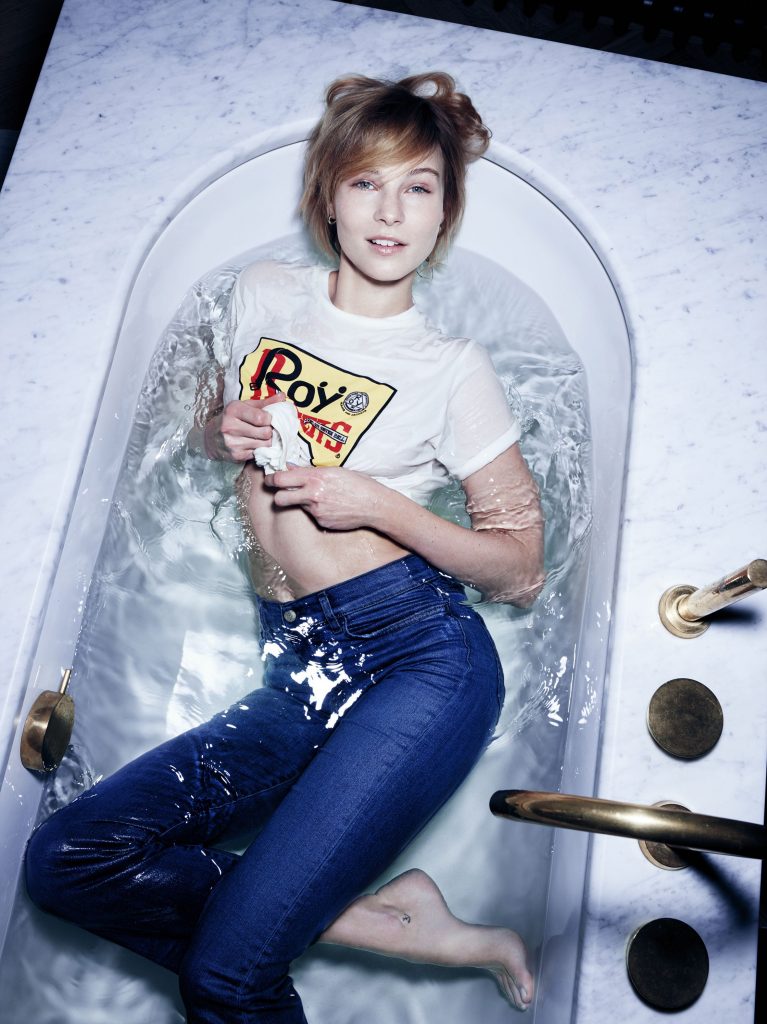
Photo by RANKIN
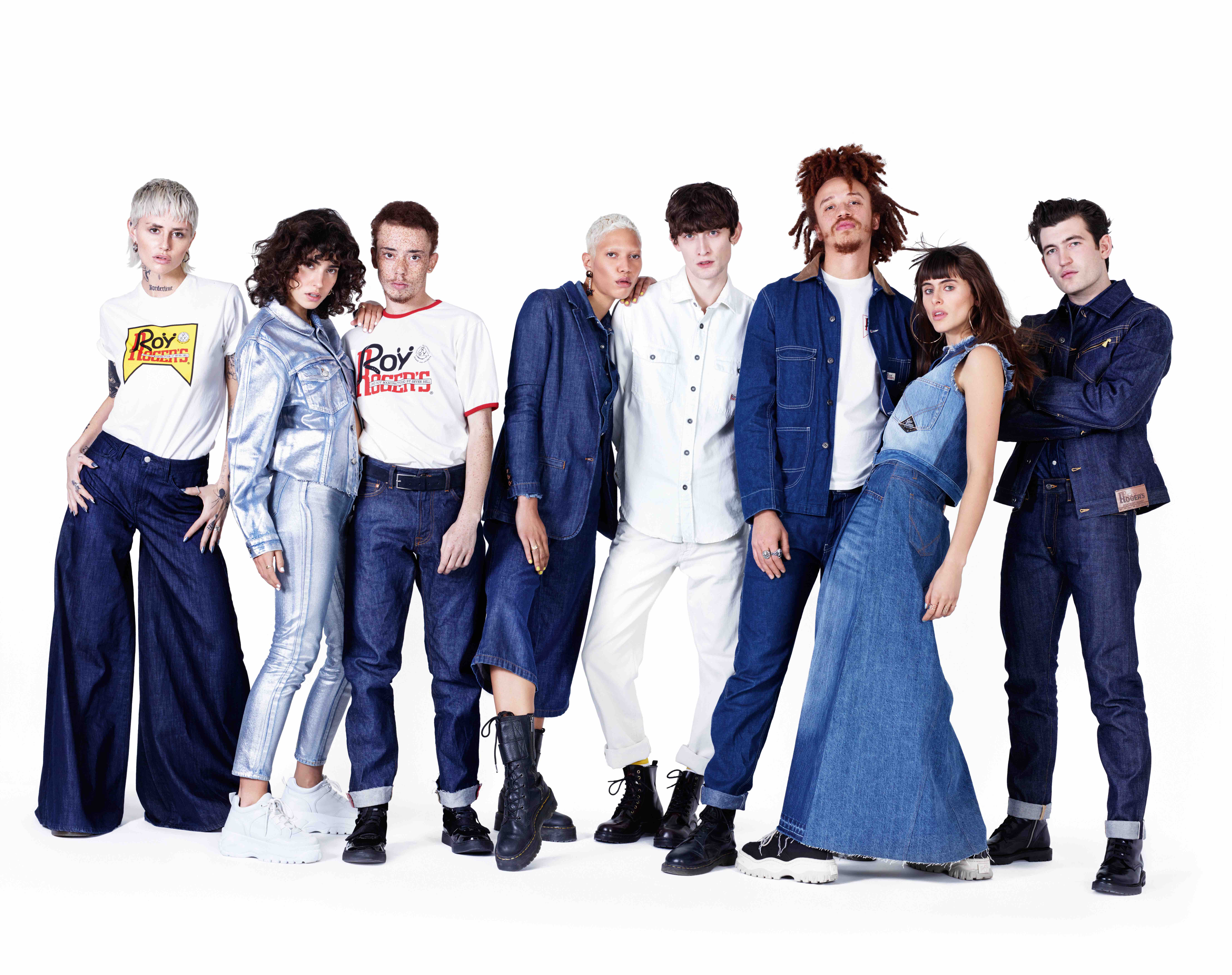
They began to also manufacture ties, shoes, bathing suits and lingerie and had successful collaborations with some of the best brand leaders in their sector such as Diadora, Vilebrequin, the Sartorialist, Liverano & Liverano, Trickers, Aspesi and Rankin to name a few.
Sadly in 2010, Fulvio Biondi passed away at the young age of 59. His wife Patrizia, together with sons, Niccolò and Guido have continued the brand with the same commitment and passion, ensuring his vision lives on.
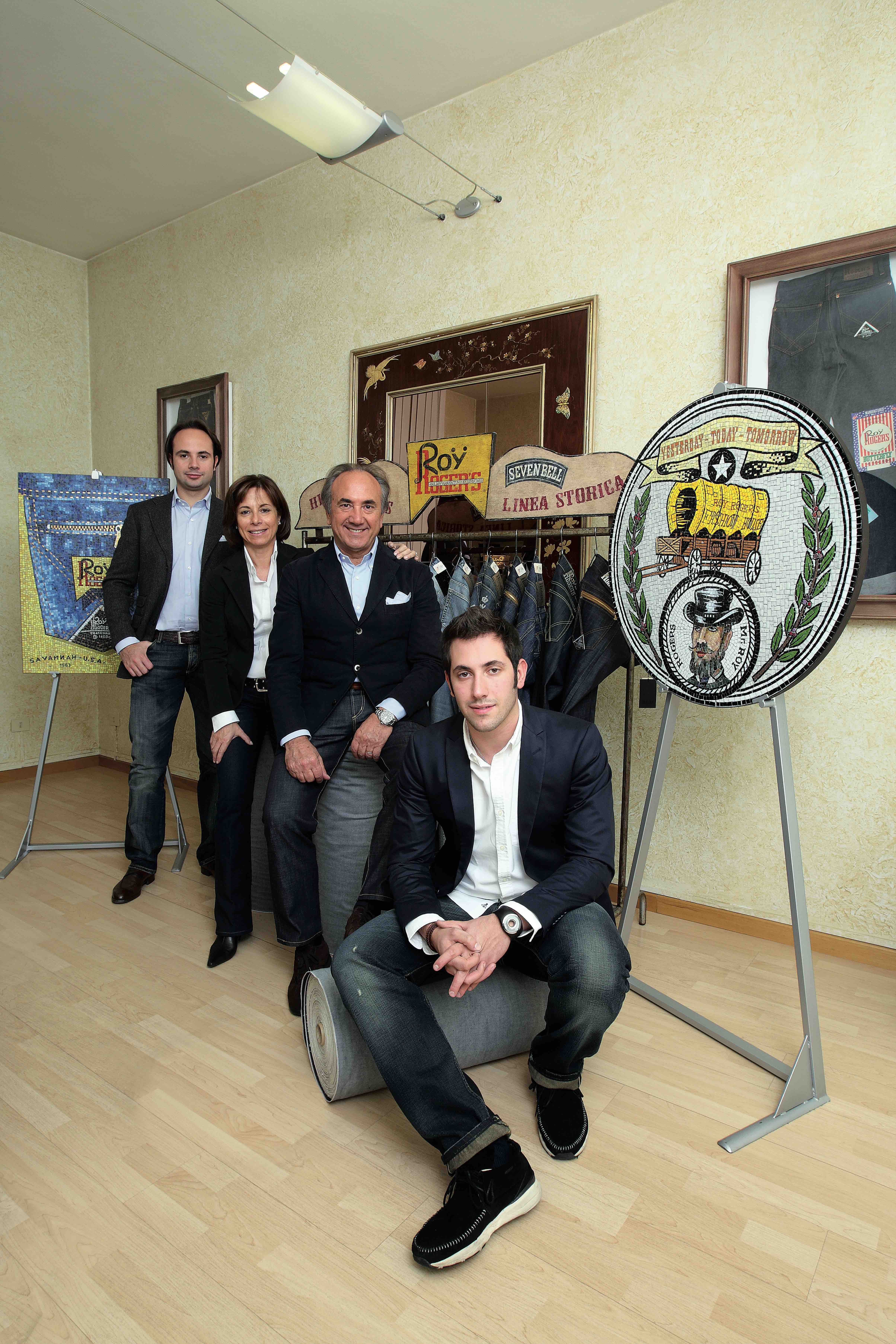
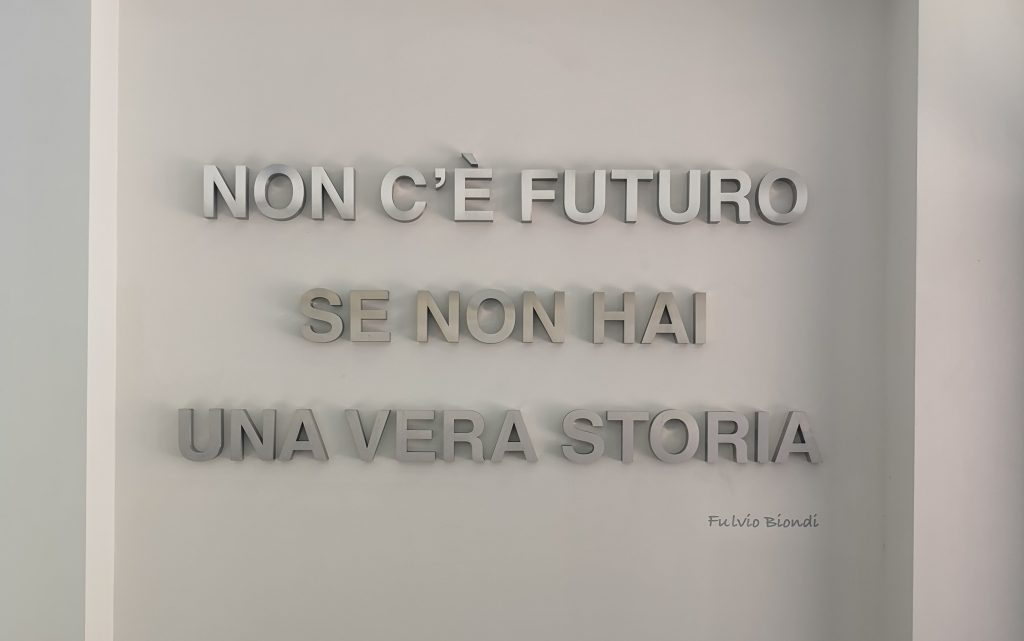
There has always been a Fulvio Biondi’s motto that Roy Roger’s stands by, and it also greets you as a huge three-dimensional sign as you enter their headquarters in Campi Bisenzio; “There is no future if you do not have a real history” and this is what makes Roy Roger’s unique – their pioneering and traditional past, the foresight and entrepreneurial spirit of their founder and their longevity in the often-uncertain market of fashion.
Today Roy Roger’s is a brand leader in Italy and abroad. In recent years, the company has made huge investments in order to properly support and manage growth and business development starting with its new 7500 sqm headquarters that extends over three floors. An example of contemporary architecture focused on environmental sustainability and technology, where all the activities are managed by modern systems.
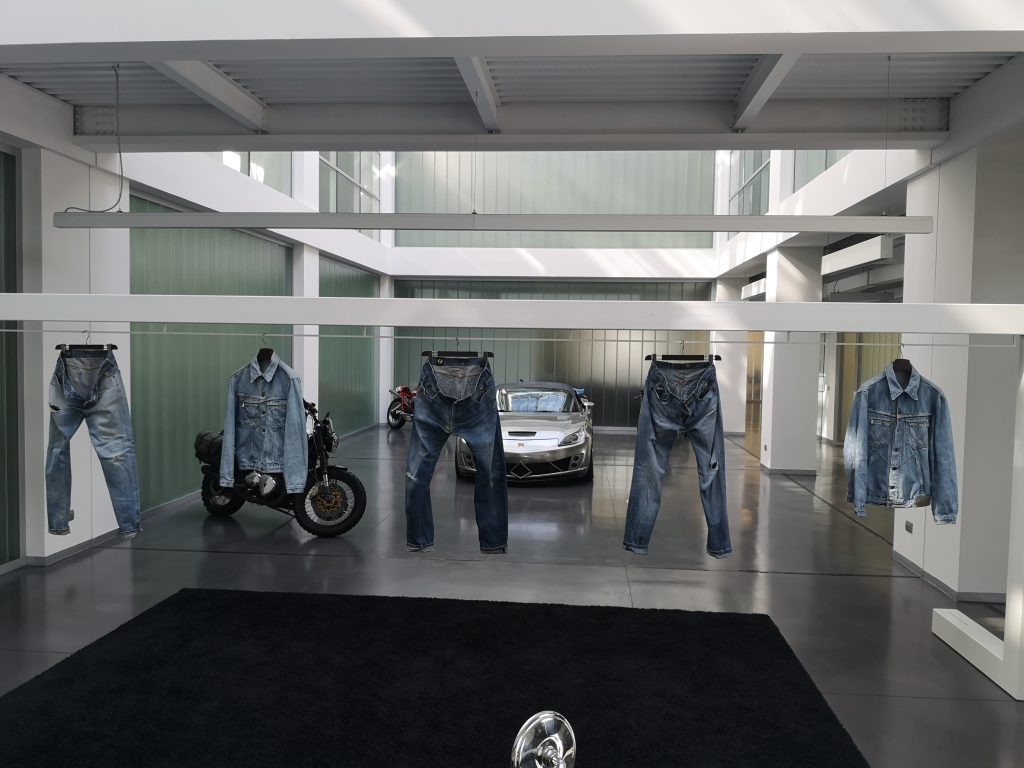
To expand the brand distribution, Roy Roger’s started its ‘Retail Project’ in 2012 with the opening of its flagship store in Florence. In 2013, Forte dei Marmi, the most exclusive town on the Versilia coast opened their doors to a Roy Roger’s store and following the planned roll-out, its Milan store opened in February 2015 in the prestigious ‘quadrilatero’ fashion area. Each store is a modern approach that matches the heritage of Roy Roger’s, the first Italian blue jeans brand founded in 1949, featuring contemporary cuts and traditional elements; resins and shelves made of 19th-century barrel wood where the product is displayed. Roy Roger’s have had a few busy and exciting months with their latest stores opening in Bologna in November of 2019 and a new location for its Florence flagship on the fashionable Via della Vigna Nuova in December.
Their real retail innovation though is the newly created Roy Roger’s Custom Service in addition to the in-house dressmaking department. Customers will experience a custom-made jeans service. Roy Roger’s has conceived a “Made to Measure” service for customers seeking the luxury of exclusive jeans. Customers will be able to order customised jeans, placing their trust in the experience and expertise of a professional tailor capable of creating a unique pair of jeans: an expression of the Roy Roger’s style combined with the finest tradition of Italian tailoring. The company’s aim is to make “Made to Measure” an itinerant project as it has already been presented through a series of trunk shows abroad in Japan, the Netherlands, Barcelona and in Florence at the Four Seasons Hotel.
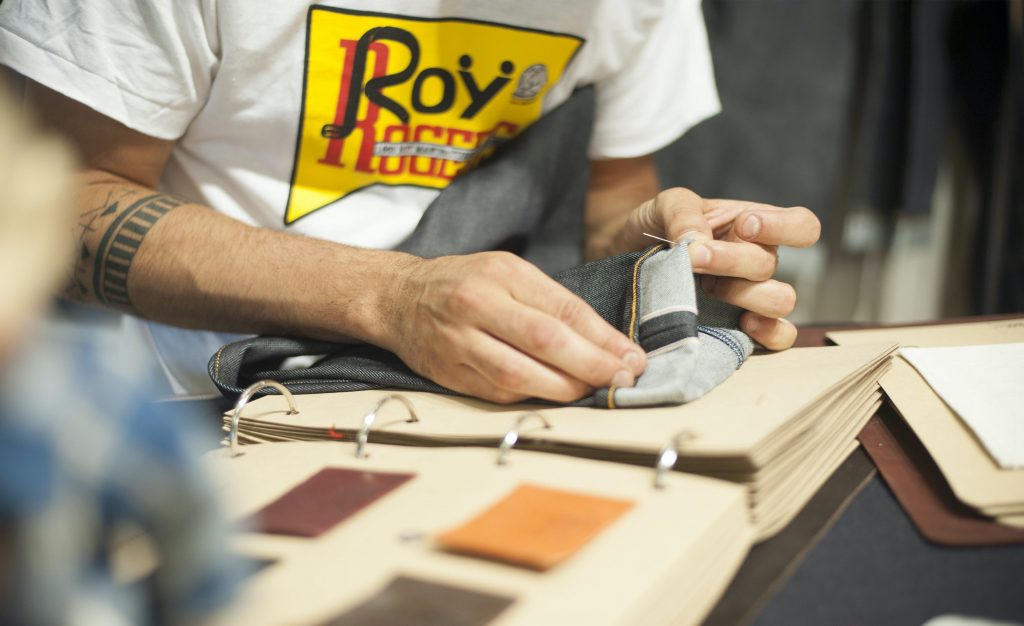
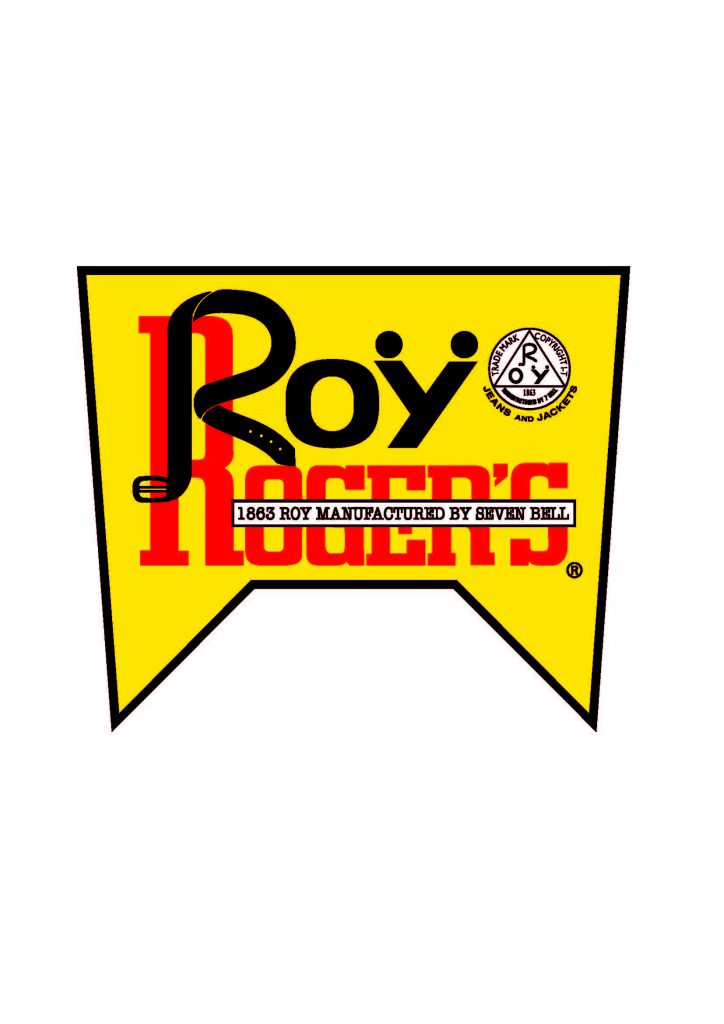
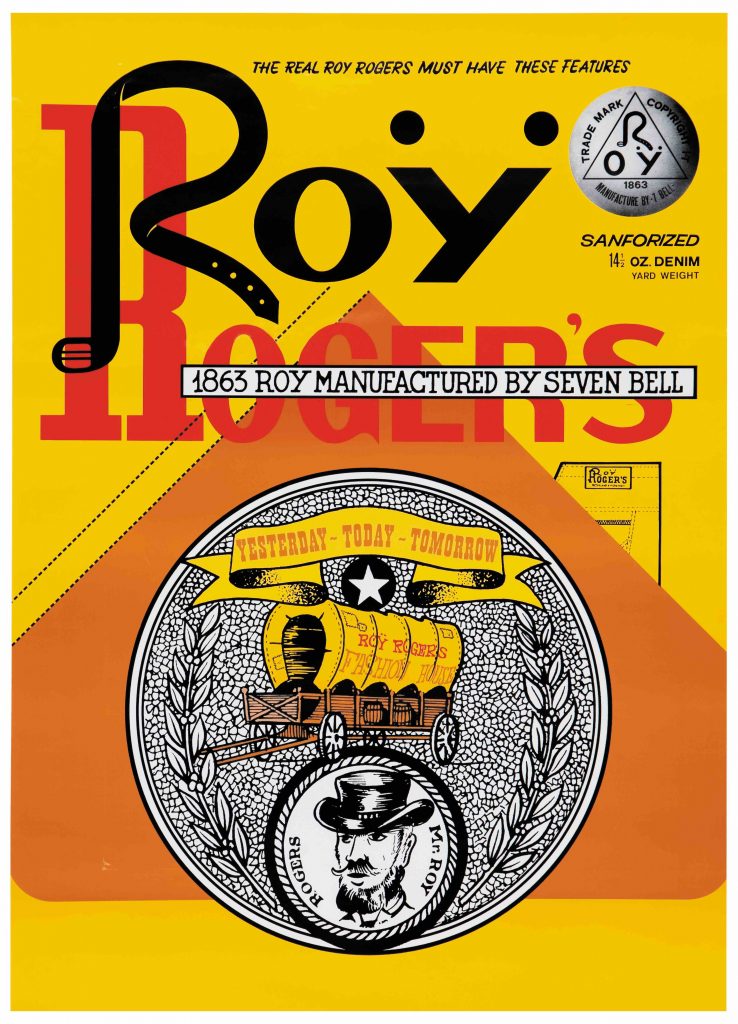
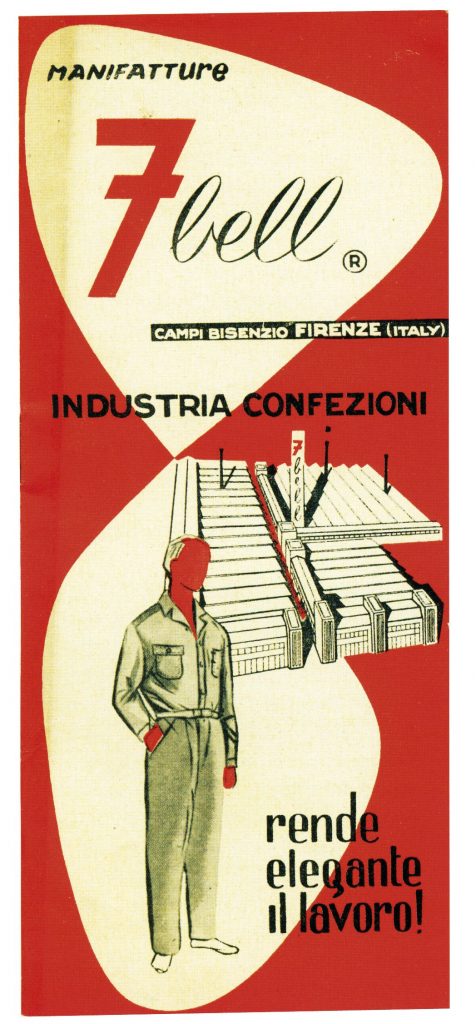
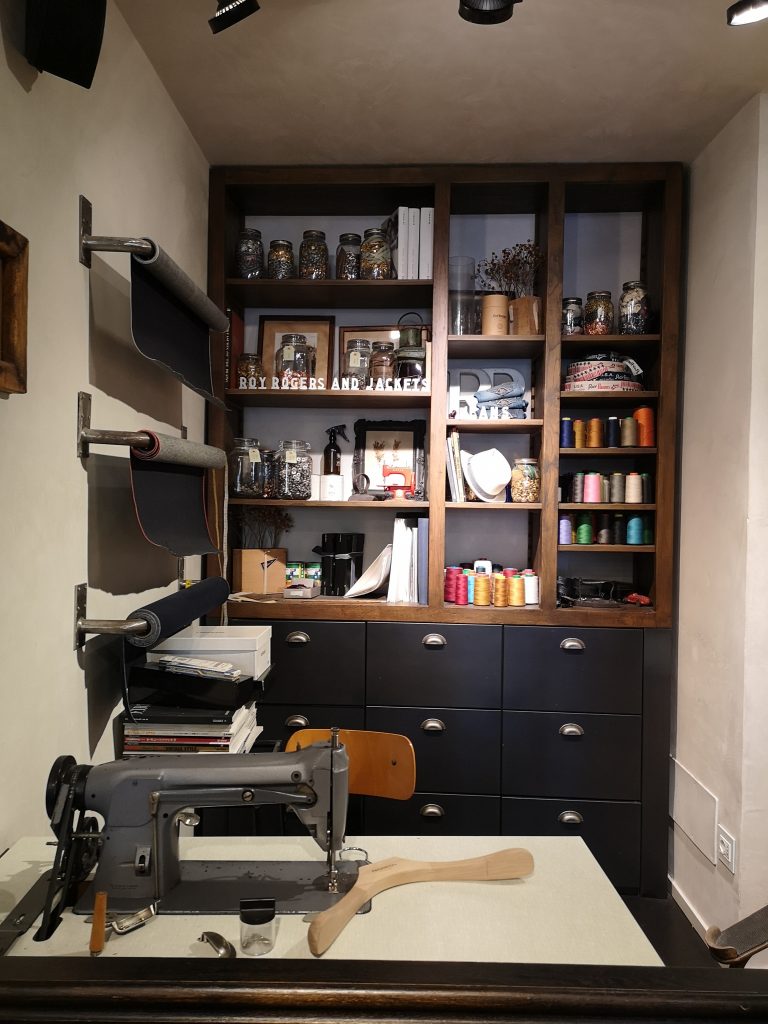
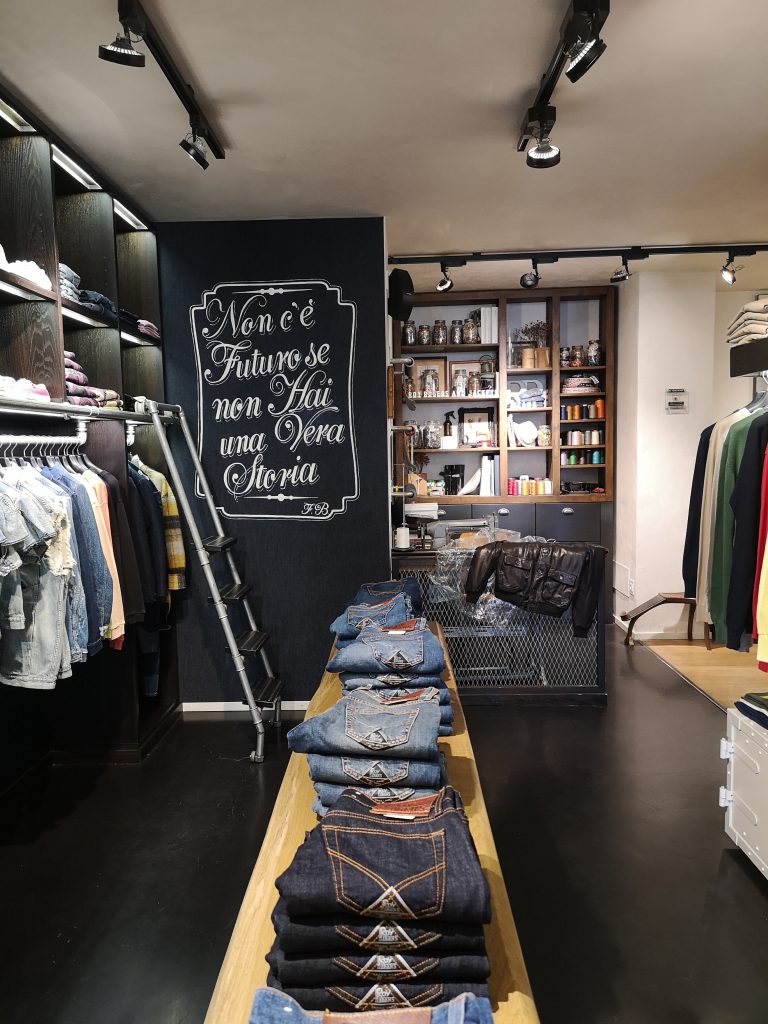
Reading Roy Rogers took me on a wonderful journey. 👏🏼👏🏼👏🏼
Thanks so much, Lisa – it’s a truly wonderful story!